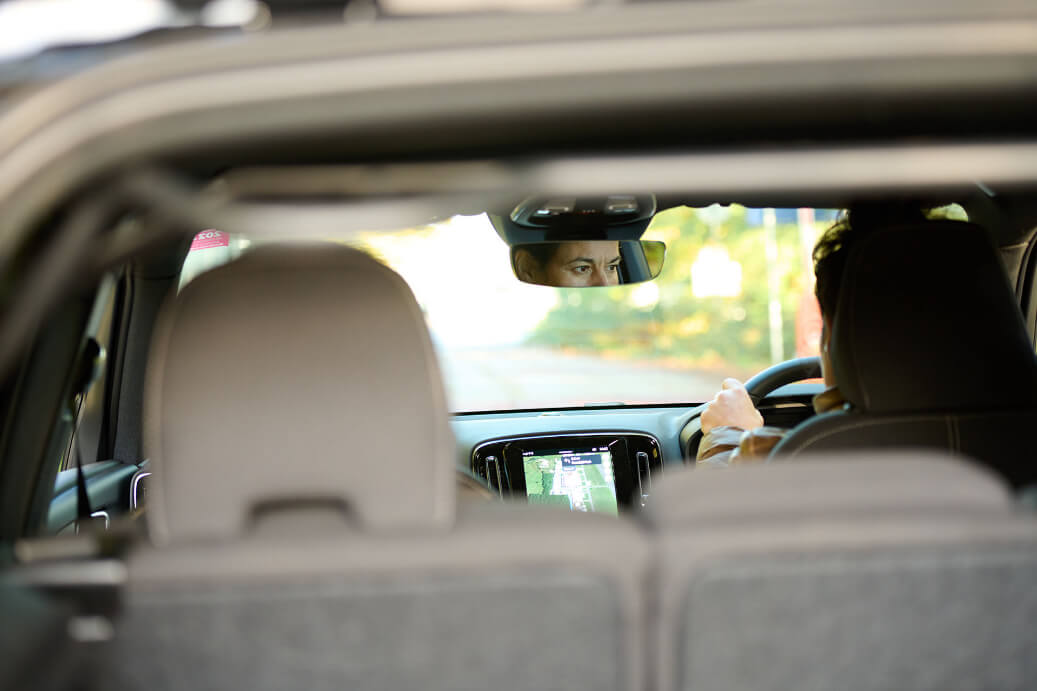The Health and Safety Executive has launched its updated guidance for Driving and Riding Safely for work
The updated guidance on work-related road risk has been issued to clear up confusion over where responsibility for legal compliance lies when employees use personal vehicles as part of their job. The move is a result of the growing gig economy and an increasing grey fleet.
Launching the new guidance HSE stressed that driving for work is likely to be the most dangerous activity most workers will undertake, highlighting that:
- Every week in UK there are around 200 deaths and serious injuries involving people using the road for work
- It is estimated that 40,000 people working in occupations such as sales, deliveries or taxi-driving are involved in road traffic collisions every year
- Company car drivers in the UK are 49% more likely to be involved in traffic collisions, even after correcting for demographic variables and their relatively high mileages
- Countless others will suffer stress, anxiety and/or minor injuries from unreported incidents.
1. Overview
As an employer, you must manage health and safety risks to workers who drive a vehicle or ride a motorcycle, other powered two-wheeler or bicycle on the road as part of a work activity. Health and safety law applies to work activities on the road in the same way as it does on a fixed site.
Driving for work is one of the most dangerous things workers will do. This guidance will help you prevent injuries, ill health and deaths. Following the guidance will also help to reduce stress and improve morale and operational efficiencies.
This applies to employees and anyone engaged to work for you in the gig economy, including:
- limb (b) workers (dependent contractors)
- self-employed people
The law applies to both company and grey fleet vehicles.
A grey fleet vehicle is owned and driven by a worker for business purposes. Vehicles used under cash allowance schemes are grey fleet too.
Commuting to work is not generally classified as driving for work, except where someone’s journey starts from their home and they are travelling to a work location that is not their normal place of work. Health and safety law does not apply to commuting.
As part of your health and safety arrangements, you must do a risk assessment. The main areas you should look at in your risk assessment are the journey, the driver or rider and the vehicle.
Hazards that can cause harm to the driver or rider, passengers, other road users and/or pedestrians when driving for work include:
- roadworks, traffic and congestion
- vehicle condition
- fatigue and distraction
- time pressures
- the weather
- behaviour of other road users
You should also consider the risks to lone workers and other vulnerable workers.
A lone worker is ‘someone who works by themselves without close or direct supervision’, including those who work away from a fixed base, such as delivery drivers or couriers.
You must also consult your workers about health and safety.
You must consider access to suitable welfare facilities for your drivers or riders.
The leaflet Plan, Do, Check, Act provides an introduction to managing for health and safety. These pages follow the ‘Safe journey, safe driver or rider, safe vehicle’ approach to managing driving and riding for work, which splits the risk into these areas.
